Why a 72% Chance of a September Rate Cut Could Ignite a Market Surge
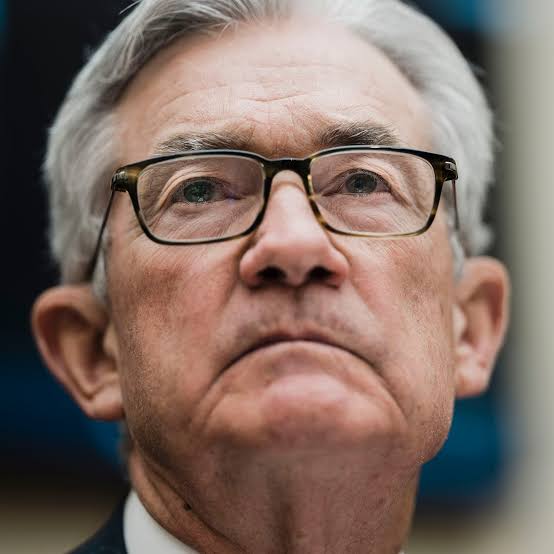
The crypto market is building momentum. As of August 1, 2025, Polymarket data indicates a 72% probability that the Federal Reserve will cut interest rates in September. This potential policy shift could be the spark that reignites investor enthusiasm and drives significant gains across Bitcoin, Ethereum, and altcoins. A rate cut would lower borrowing costs and increase liquidity, creating a more favorable environment for high-risk, high-reward assets like cryptocurrencies.
What would this monetary policy shift mean for the $2 trillion digital asset market? We shall explore the broader economic signals behind the prediction, examines the potential market impact, and outlines strategies for investors navigating a pivotal moment in the financial landscape.
Understanding the Federal Reserve’s Role
The federal funds rate is the interest rate at which banks lend to one another overnight to meet reserve requirements. When the Federal Reserve lowers this rate, it aims to stimulate economic activity by making credit cheaper and more accessible. This increase in liquidity often leads investors to seek higher returns in riskier markets.
The 72% probability priced in by Polymarket represents the aggregated views of traders interpreting recent economic data, labor reports, and public remarks from Federal Reserve officials. While it does not guarantee an outcome, it provides insight into how market participants are positioning themselves.
Rate cuts often support asset prices, but they are typically enacted in response to broader economic weakness. As such, they can also introduce uncertainty and volatility in the markets they are meant to stabilize.
Why Rate Cut Expectations Are Rising
Several economic developments have pushed the likelihood of a September rate cut higher:
- Labor Market Softening: Recent employment reports show a modest increase in unemployment, prompting speculation that the Federal Reserve may act to avoid a more pronounced economic slowdown.
- Persistent Inflation Pressures: Although inflation has eased from its peak in 2022, it remains above the Fed’s 2% target. Proposed tariffs from the incoming Trump administration have contributed to inflationary concerns, encouraging forecasts of monetary easing.
- Global Monetary Policy Trends: International central banks, including China’s, have already adopted more accommodative policies. This adds pressure on the Federal Reserve to align with global economic support strategies.
These factors suggest that a rate cut is increasingly likely, although upcoming inflation data, GDP figures, and future remarks from Fed Chair Jerome Powell will continue to shape expectations.
Potential Effects on the Crypto Market
1. Liquidity Boost and Investor Appetite
Lower interest rates reduce the cost of borrowing and make traditional yield-generating investments less attractive. In such an environment, capital often flows into riskier assets, including cryptocurrencies. During the near-zero interest rate period from 2020 to 2022, Bitcoin surged from around $10,000 to more than $47,000.
A similar trend could emerge in 2025 if borrowing costs drop and liquidity expands. Altcoins, which are typically more volatile than Bitcoin or Ethereum, could experience even larger percentage gains. Increased activity in decentralized finance (DeFi) and new blockchain startups may also follow as investors search for higher returns and innovative opportunities.
2. Short-Term Market Volatility
Despite the long-term bullish outlook, rate cuts often create short-term market volatility. Investor reactions depend heavily on whether the policy decision meets, exceeds, or falls short of expectations.
In December 2024, for example, the Federal Reserve implemented a 50-basis-point rate cut. While it was initially welcomed by some, the market quickly corrected amid concerns about the broader health of the economy. Bitcoin and other digital assets experienced rapid price fluctuations in the aftermath.
3. Renewed Interest in Bitcoin as a Store of Value
Sustained low interest rates can raise fears about fiat currency devaluation. Bitcoin, sometimes referred to as "digital gold," has previously benefited from this sentiment. During the 2020 to 2021 bull run, the narrative of Bitcoin as a hedge against inflation supported its climb to nearly $69,000.
In 2025, ongoing concerns about inflation especially in light of proposed tariffs and continued supply chain issues could strengthen this narrative once again. However, Bitcoin’s role as a long-term store of value remains debated due to its historical price volatility and sensitivity to market sentiment.
4. Increased Activity in DeFi and Crypto Innovation
Easier access to capital could also spur growth in DeFi and blockchain innovation. In low-rate environments, decentralized lending, borrowing, and trading platforms often become more attractive alternatives to traditional finance. Tokens that power these ecosystems, such as Aave or Chainlink, may benefit from renewed demand.
In addition, lower financing costs could support venture capital flows into crypto startups, leading to further development in areas such as layer-2 scaling, non-fungible tokens (NFTs), and Web3 infrastructure. As more projects launch and scale, user engagement and token valuations may climb in tandem.
5. Risks and Uncertainties Remain
Despite the optimistic outlook, several risks could temper market gains:
- Asset Bubbles and Leverage: A sudden influx of liquidity can inflate speculative bubbles. The 2021 cycle saw significant overleveraging across crypto markets, which contributed to sharp price corrections when sentiment turned.
- Macroeconomic Weakness: If the rate cut is perceived as a reaction to serious economic issues, investors may pull back from riskier assets in favor of safer havens like gold or government bonds.
- Regulatory Pressures: Increased trading activity could attract more scrutiny from regulators. In 2025, the Securities and Exchange Commission (SEC) has intensified enforcement actions against unregistered offerings and noncompliant platforms.
- Geopolitical Headwinds: Trade policy changes, including proposed tariffs, could reignite inflation and reduce the likelihood of future rate cuts, capping crypto market upside.
Context from Previous Cycles
Looking at past cycles helps contextualize what could happen next. From 2020 to 2021, Bitcoin and Ethereum posted triple-digit gains during a period of monetary easing. However, when the Fed began raising rates in 2022 and 2023, the crypto market entered a prolonged downturn. Bitcoin fell from its all-time high to below $17,000.
In 2025, a different set of tailwinds is at play. Political leadership appears more supportive of digital assets, and policymakers have floated proposals to position the United States as a hub for Bitcoin innovation. Combined with global liquidity expansion and institutional interest in Bitcoin exchange-traded funds (ETFs), the environment could favor renewed growth.
What If the Fed Gets It Right?
If the Federal Reserve delivers a rate cut and manages to stimulate growth without rekindling inflation, the crypto market could enter a sustained bull phase. Bitcoin could surpass its previous highs, with some analysts projecting $200,000 or more as a realistic target. Altcoins, with their higher volatility and smaller market caps, may outperform during the early stages of a rally.
Institutional investors may also accelerate their entry into the space, especially if economic conditions stabilize and regulatory clarity improves. Increased capital flows could further legitimize cryptocurrencies as a viable asset class in diversified portfolios.
Investment Strategies to Consider
Investors looking to position themselves for this potential shift in monetary policy may consider the following:
- Dollar-Cost Averaging (DCA): Spread purchases over time to reduce exposure to short-term price swings.
- Diversification: Combine established assets like Bitcoin and Ethereum with smaller-cap tokens that have high upside potential.
- Risk Management: Use stop-loss orders and avoid excessive leverage to manage downside risks.
- Stay Informed: Monitor economic data releases, Federal Reserve commentary, and macroeconomic developments to adjust positioning as needed.
Conclusion
The 72% likelihood of a Federal Reserve rate cut in September 2025 signals a potential turning point for the cryptocurrency market. If confirmed, the policy shift could unleash new momentum across digital assets, spurred by increased liquidity and renewed investor appetite.
References
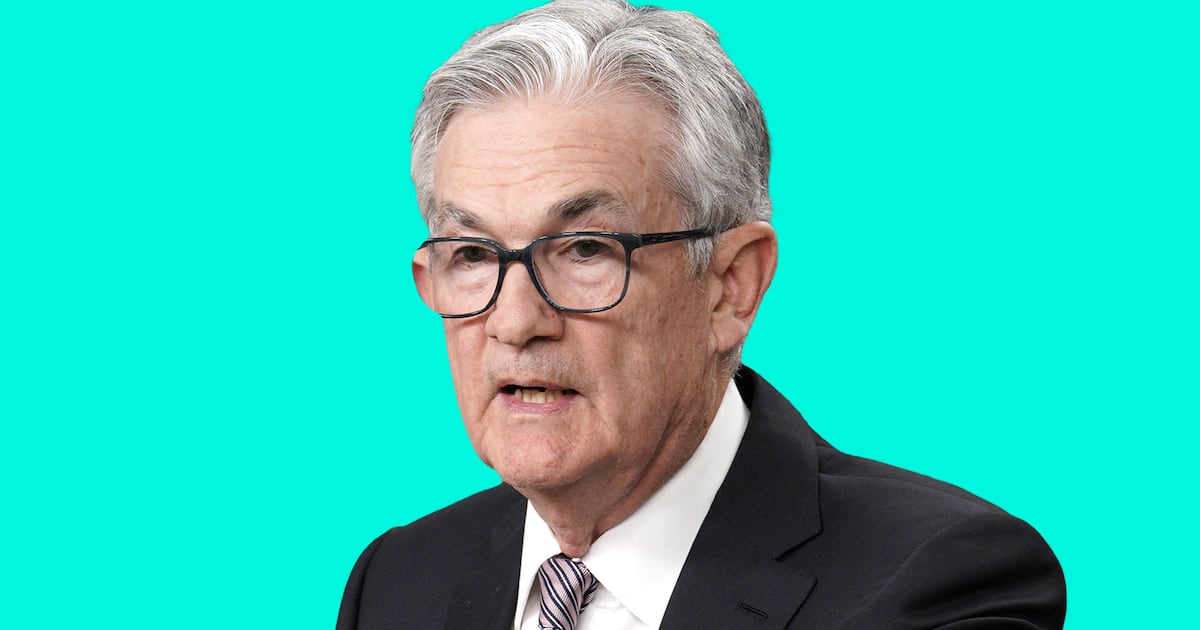
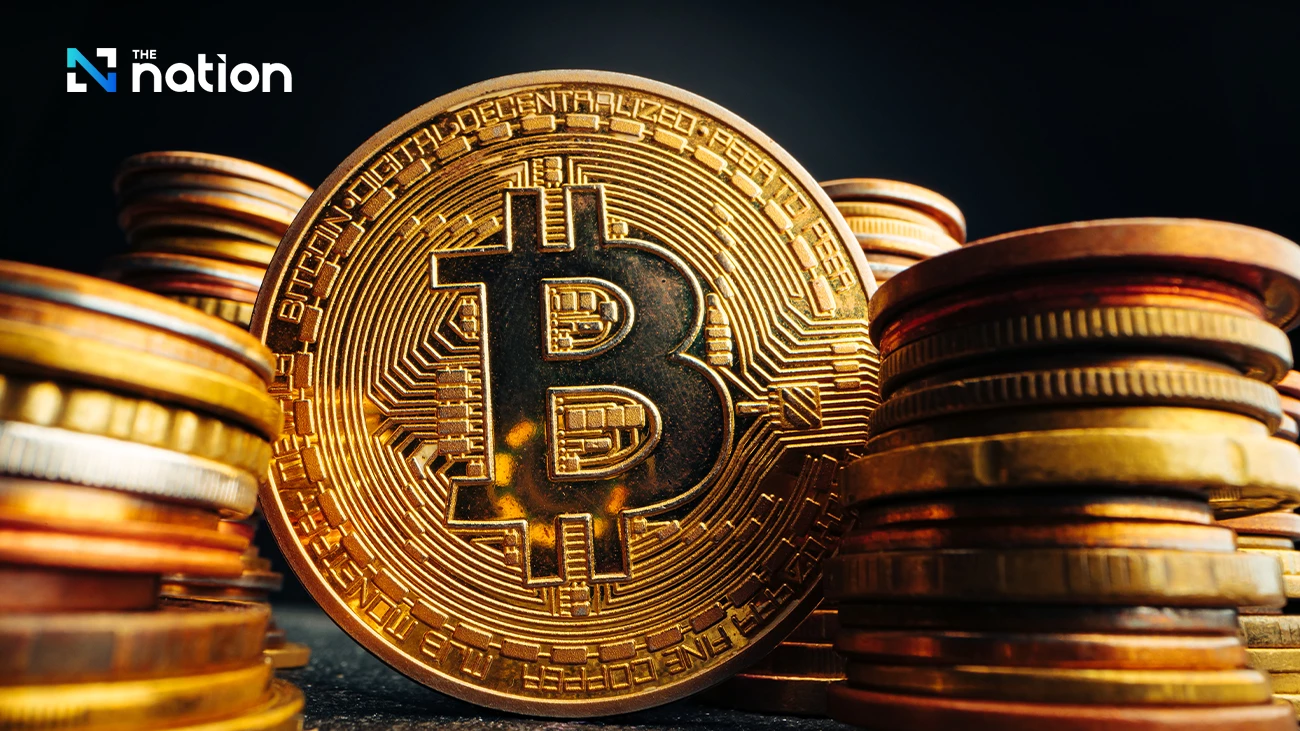
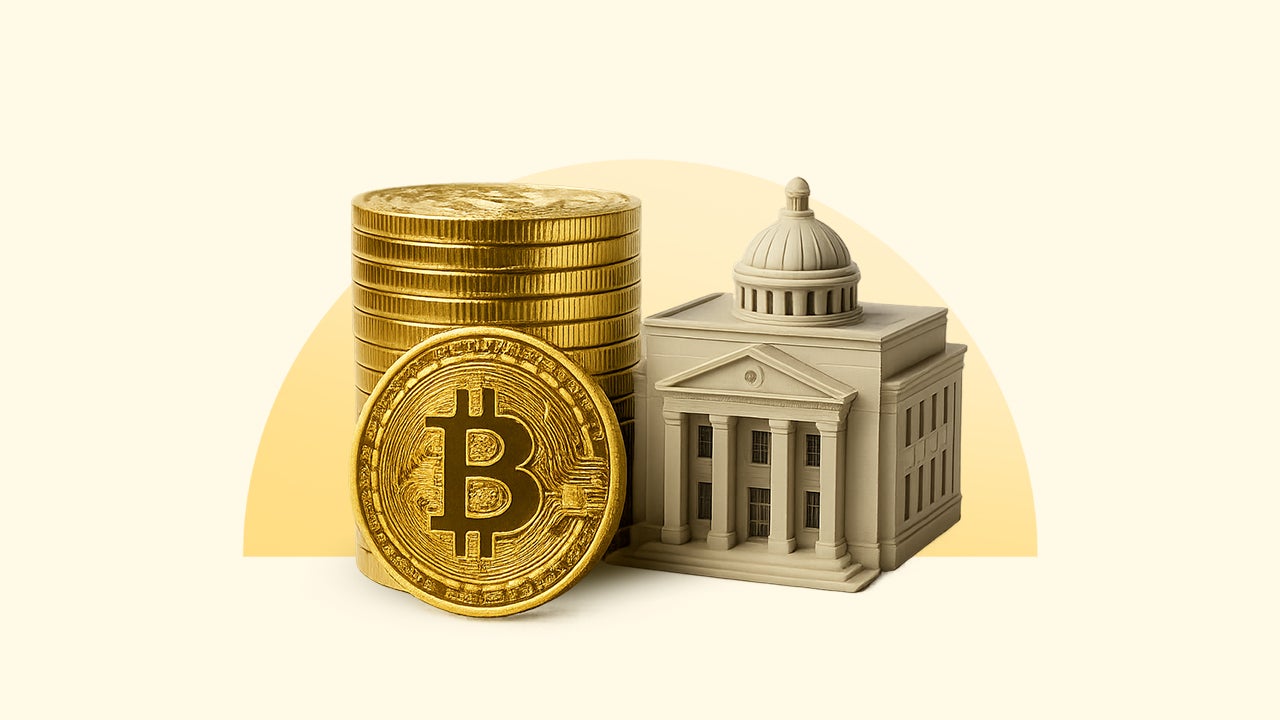









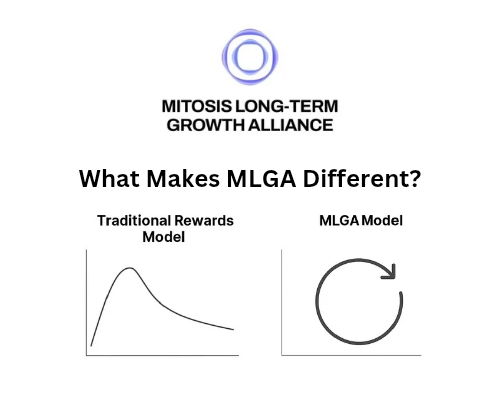
Comments ()